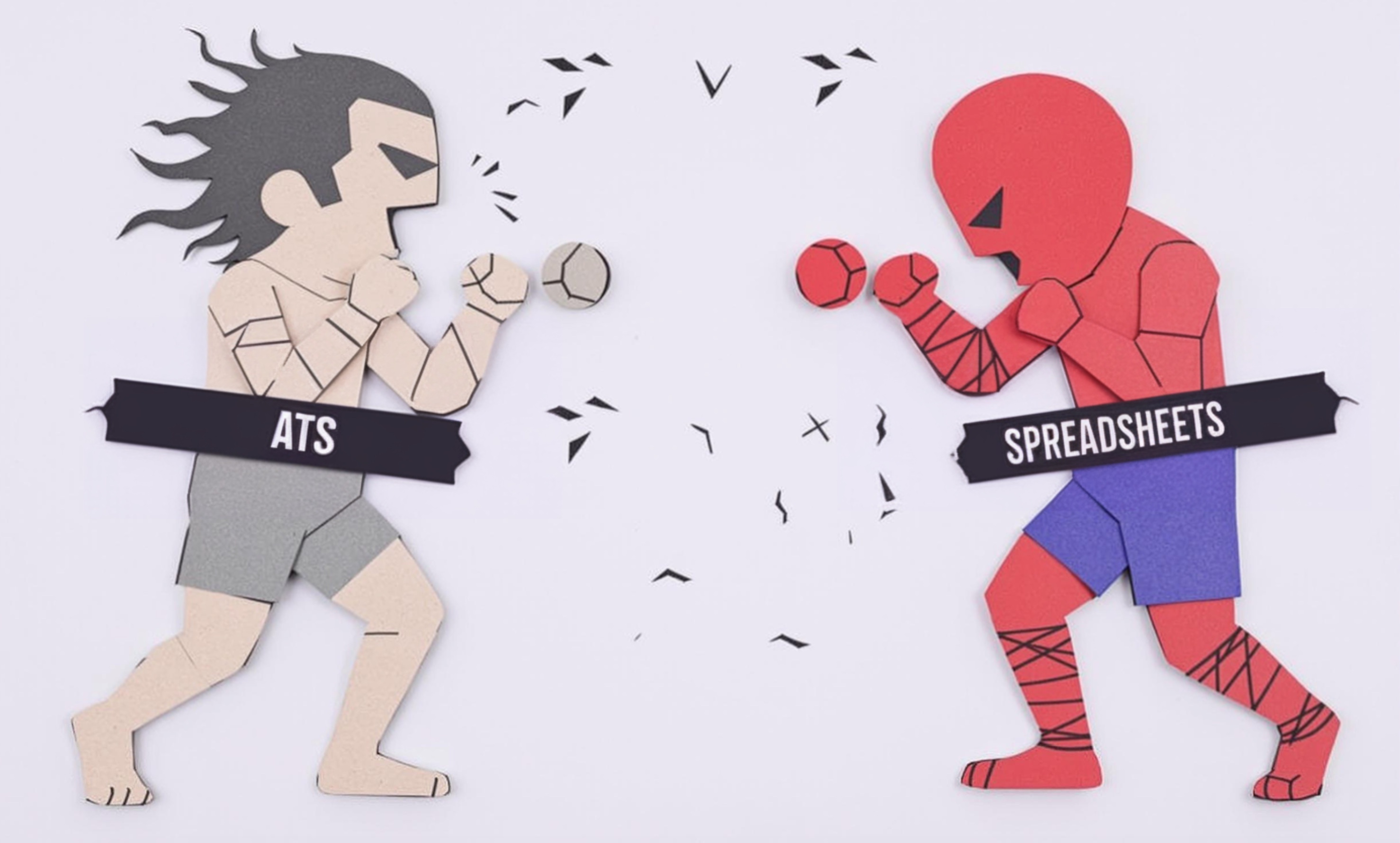
Tabloid
A tabloid is a specific newspaper format that's smaller and more compact than traditional newspapers. It's about half the size of regular newspapers (called broadsheets) and is popular for its easy-to-handle size and eye-catching presentation style. Publications using this format often focus on more dramatic headlines and larger photos to grab readers' attention. While historically associated with sensational news coverage, today many respected newspapers also use the tabloid format simply because it's more convenient for readers, especially in busy urban areas or for commuter readership.
Examples in Resumes
Redesigned news layout from broadsheet to Tabloid format, resulting in 30% increase in newsstand sales
Led editorial team for daily Tabloid publication with circulation of 100,000
Managed transition of weekend supplement from magazine to Tabloid style
Developed advertising strategies specific to Tabloid newspaper layout
Typical job title: "Tabloid Journalists"
Also try searching for:
Where to Find Tabloid Journalists
Professional Organizations
Job Boards
Industry Networks
Example Interview Questions
Senior Level Questions
Q: How would you manage the transition of a broadsheet newspaper to tabloid format?
Expected Answer: A senior candidate should discuss reader research, advertising impact, production costs, staff training needs, and communication strategy with stakeholders. They should mention timeline planning and how to maintain brand reputation during the change.
Q: How do you balance editorial integrity with the tabloid format's need for engaging headlines?
Expected Answer: Should demonstrate understanding of maintaining journalistic standards while creating attention-grabbing content, discuss editorial policies, and show experience in managing team expectations.
Mid Level Questions
Q: What considerations go into designing an effective tabloid front page?
Expected Answer: Should explain the importance of headline size, photo placement, story hierarchy, and how these elements differ from broadsheet layout. Should mention reader engagement and newsstand appeal.
Q: How do you adapt feature stories for tabloid format?
Expected Answer: Should discuss techniques for condensing stories while maintaining content quality, use of visual elements, and how to make stories more engaging for tabloid readers.
Junior Level Questions
Q: What are the main differences between tabloid and broadsheet formats?
Expected Answer: Should be able to explain basic size differences, typical content approaches, and general layout principles that distinguish tabloids from broadsheets.
Q: How do you write headlines for tabloid stories?
Expected Answer: Should demonstrate understanding of concise, attention-grabbing headline writing while maintaining accuracy and journalistic integrity.
Experience Level Indicators
Junior (0-2 years)
- Basic news writing and reporting
- Understanding of tabloid format basics
- Simple layout and design principles
- Copy editing and fact-checking
Mid (2-5 years)
- Advanced headline writing
- Page layout and design
- Story placement and prioritization
- Editorial judgment
Senior (5+ years)
- Editorial team management
- Publication strategy development
- Format transition management
- Brand development and maintenance
Red Flags to Watch For
- No understanding of basic journalism ethics
- Lack of experience with newspaper production deadlines
- Poor writing and editing skills
- No knowledge of libel laws and journalistic standards
Related Terms
Need more hiring wisdom? Check these out...

From Ghost Town to Talent Hub: Transforming Your Careers Blog into a Talent Magnet

Why Your Hiring Spreadsheets Are Secretly Sabotaging Your Recruitment

Beyond Spreadsheets: Why Executive Dashboards in ATS Systems Are Your Secret Hiring Weapon

